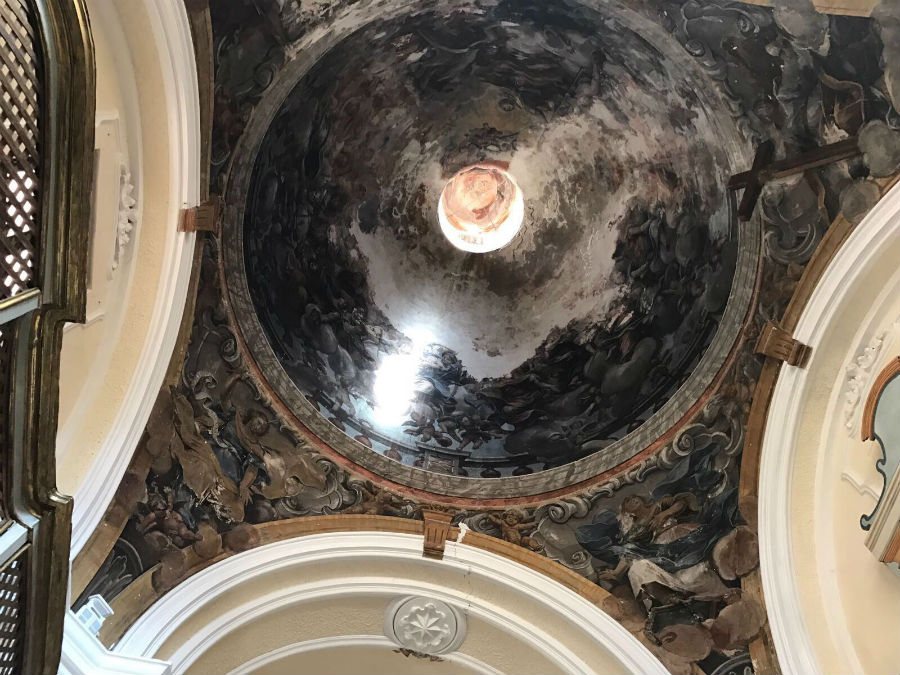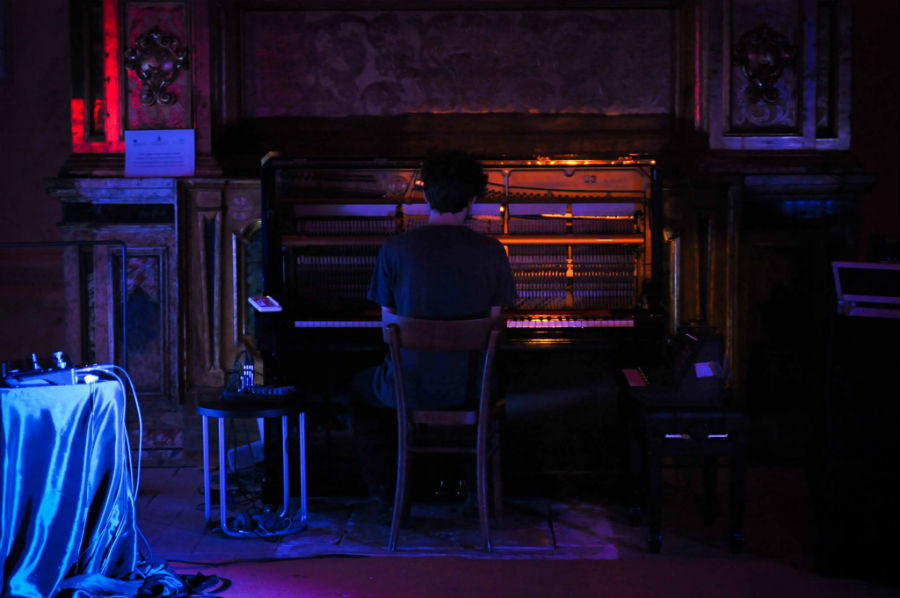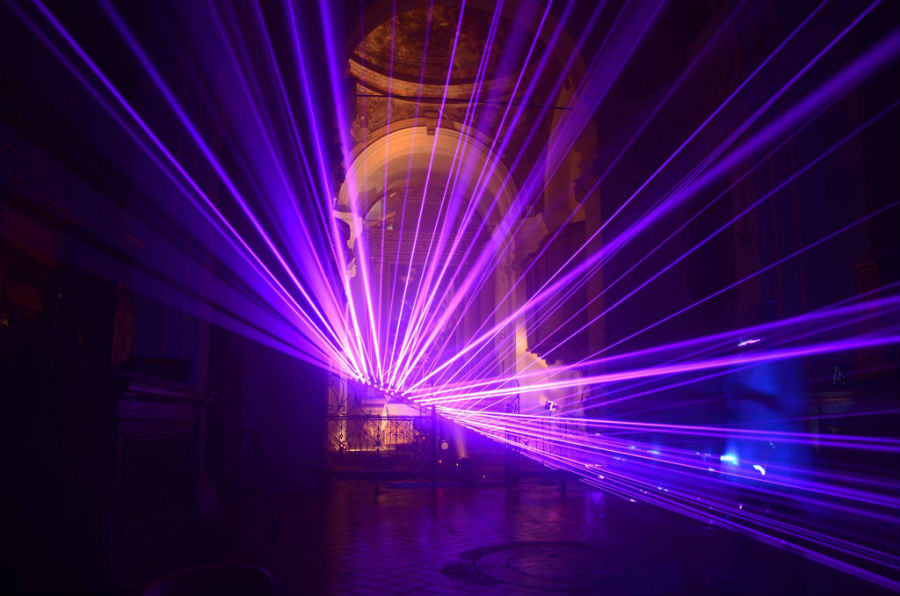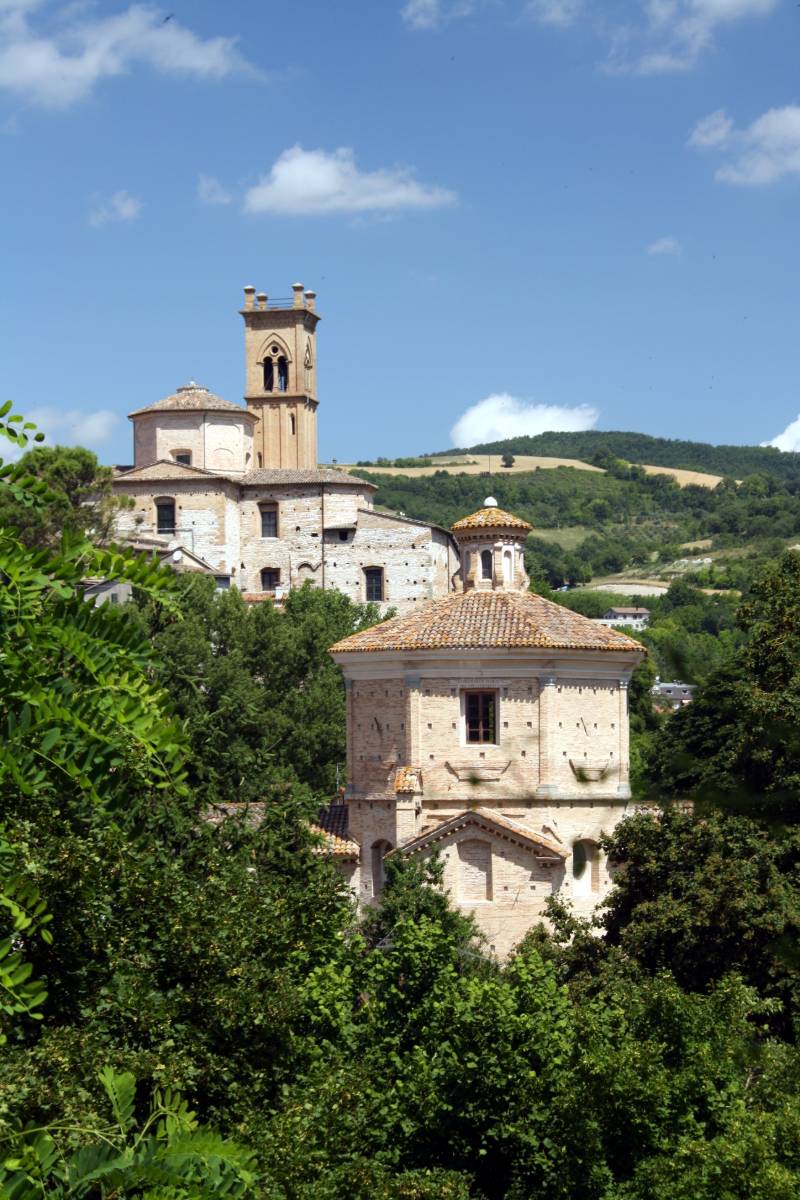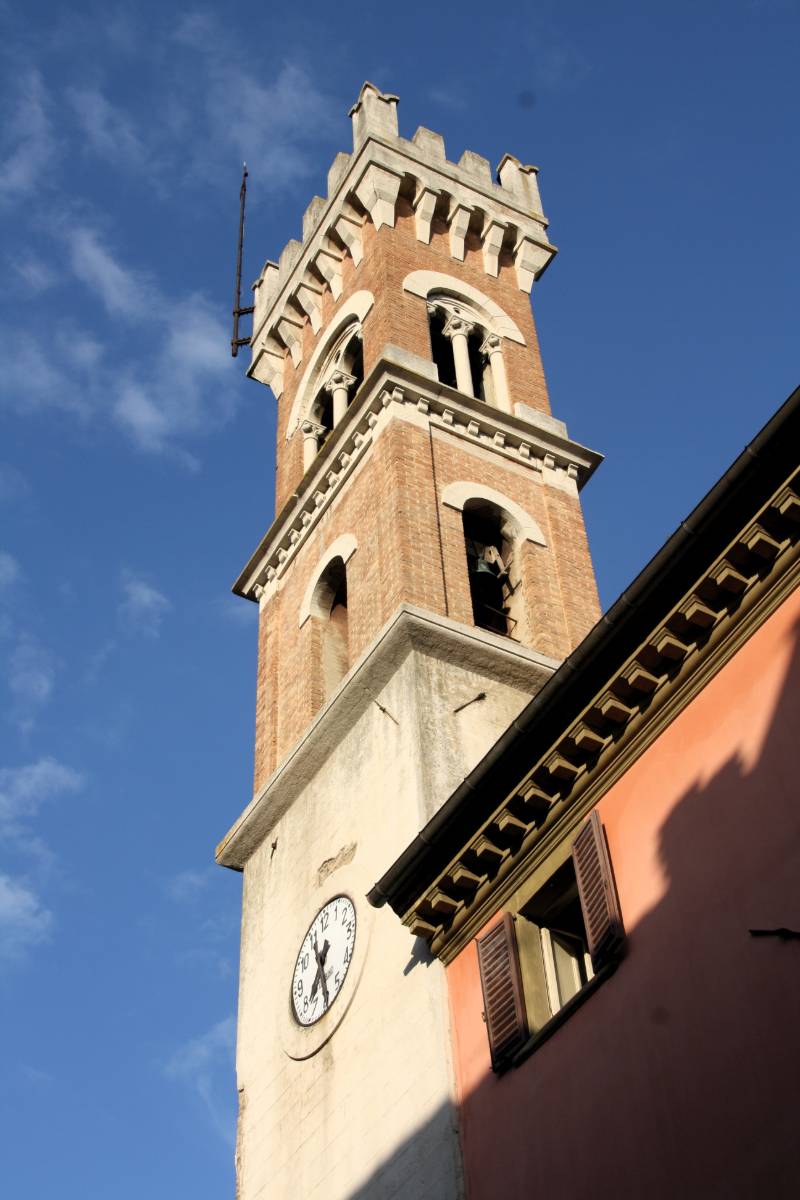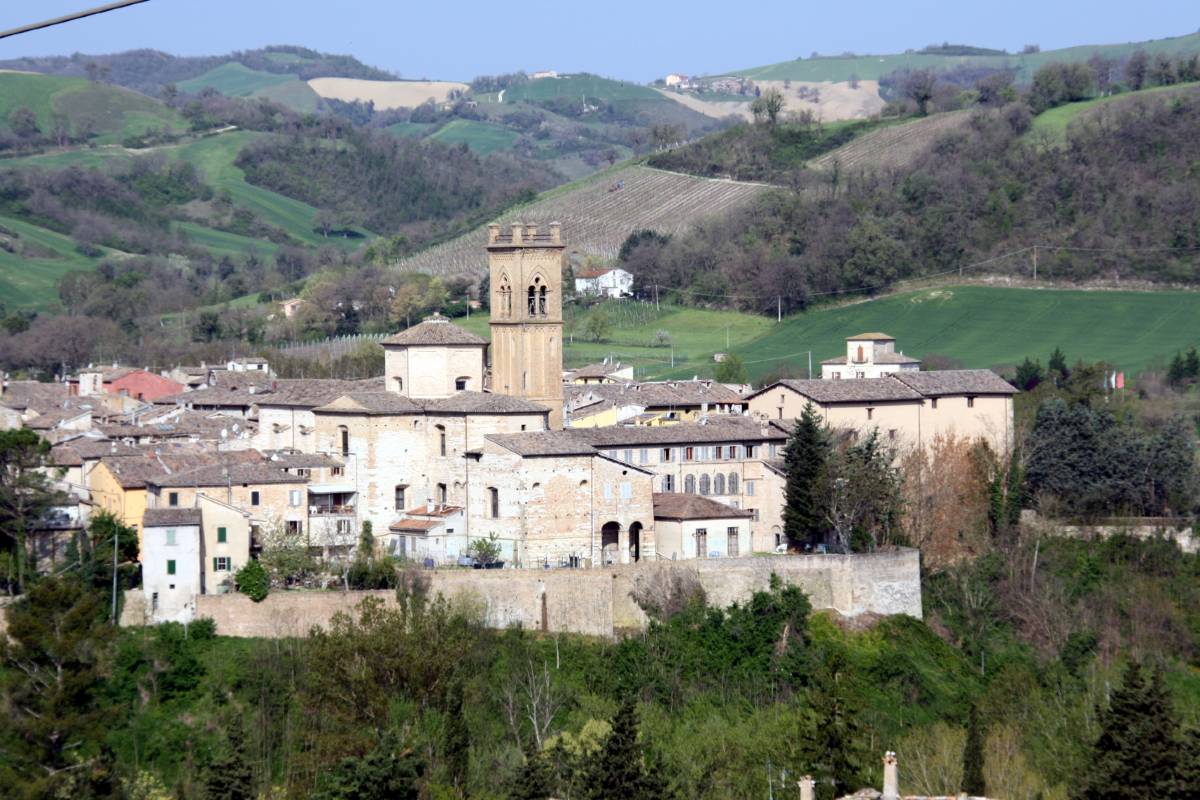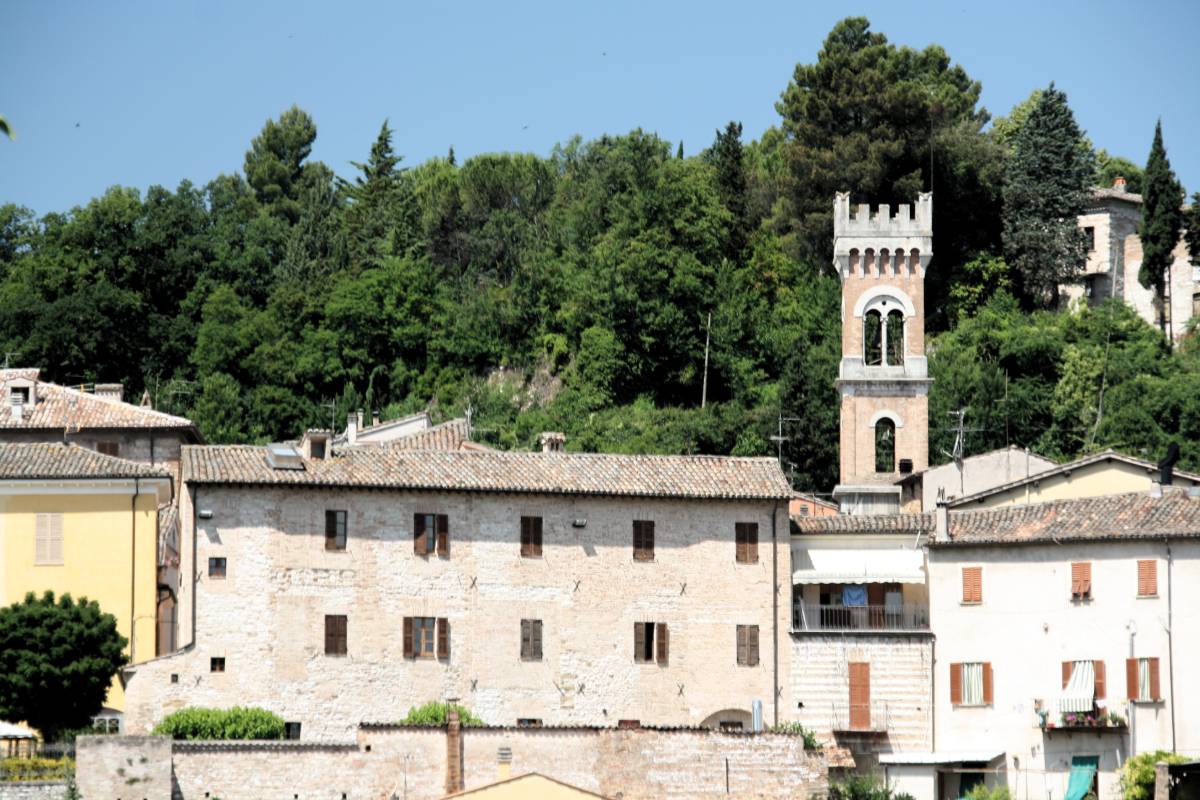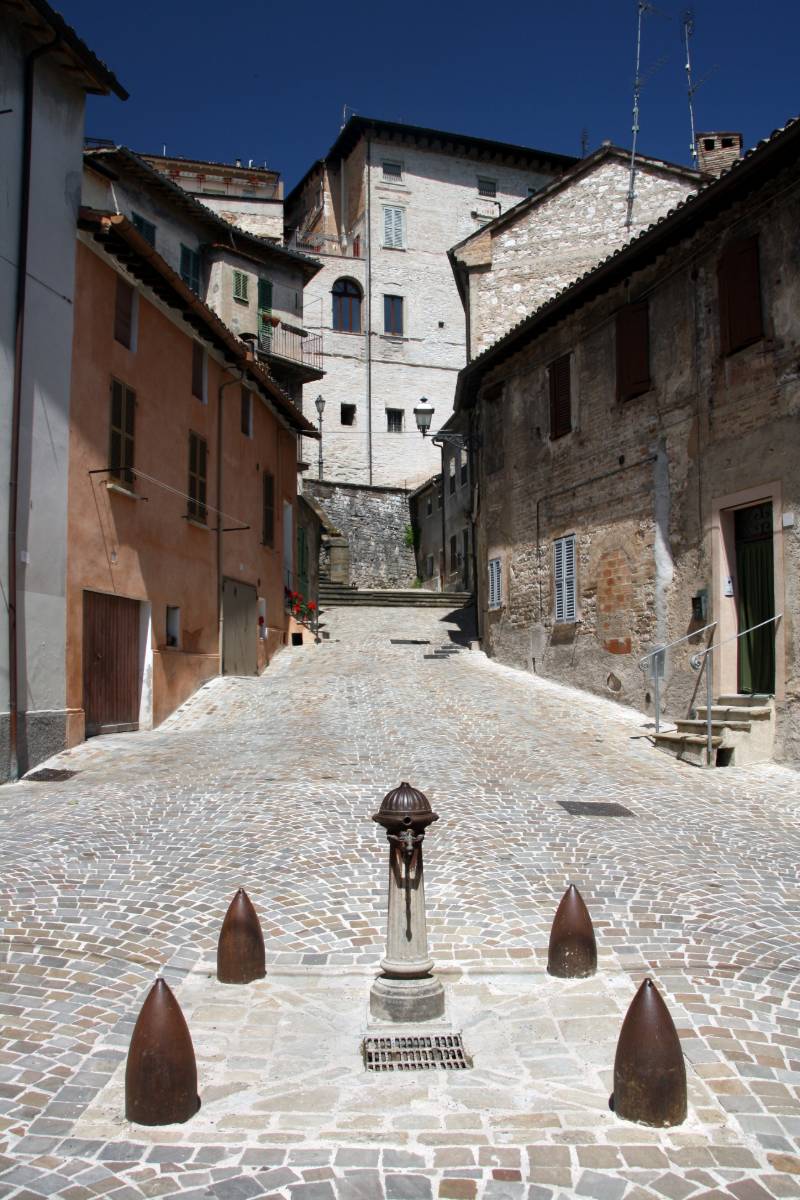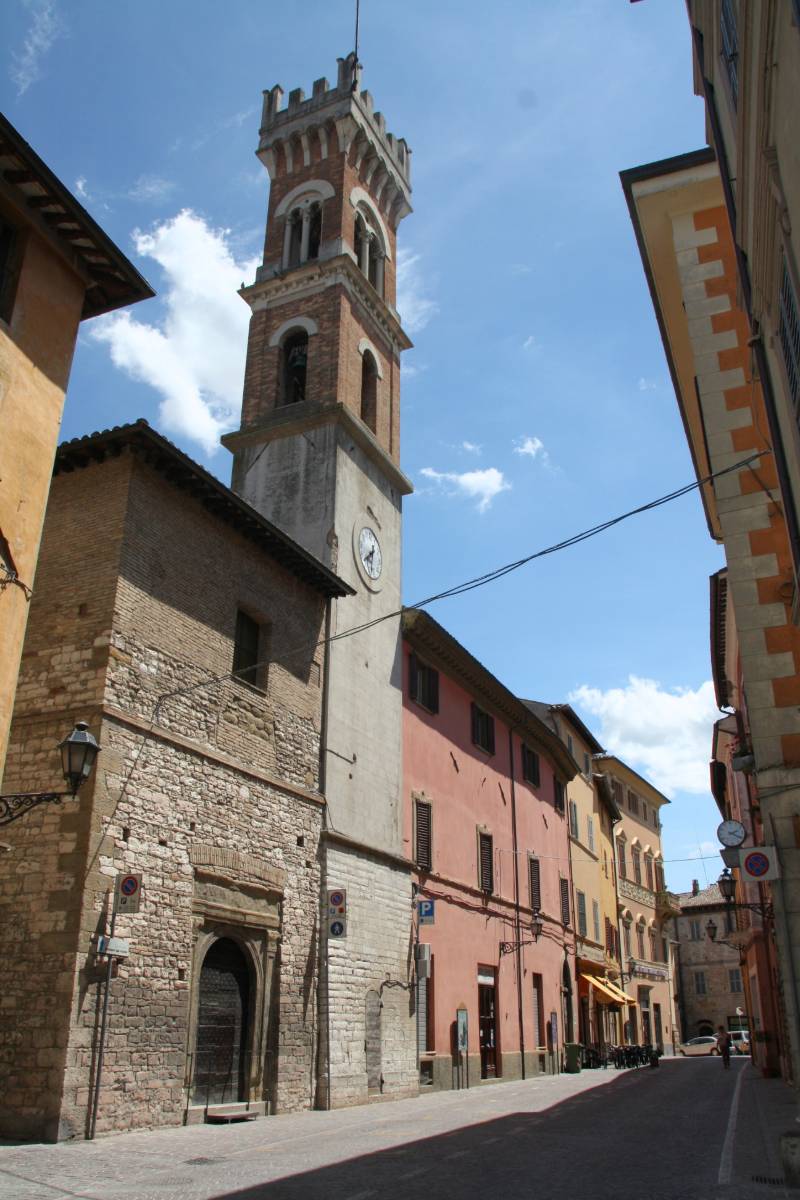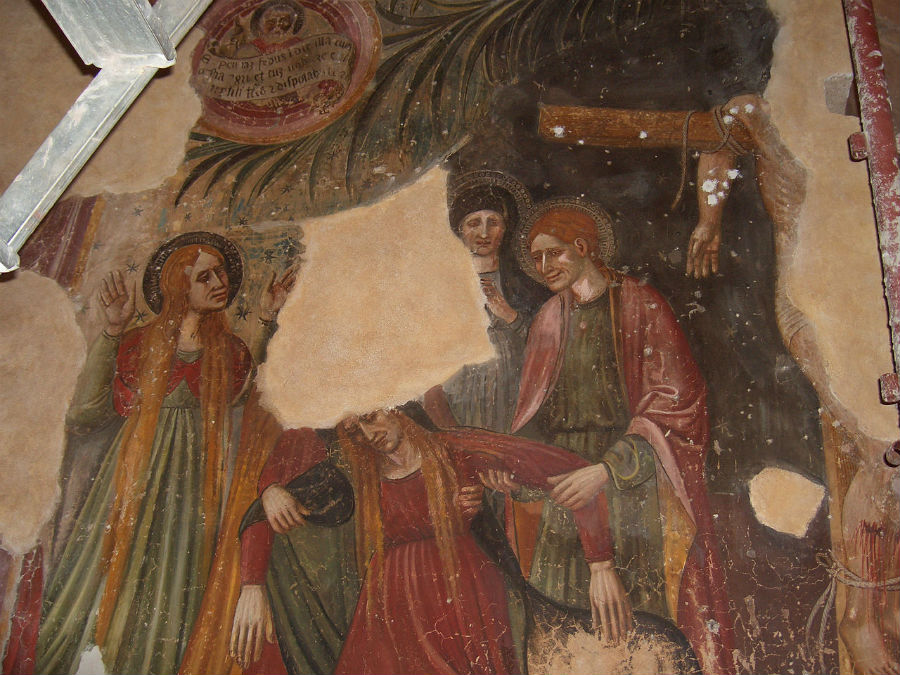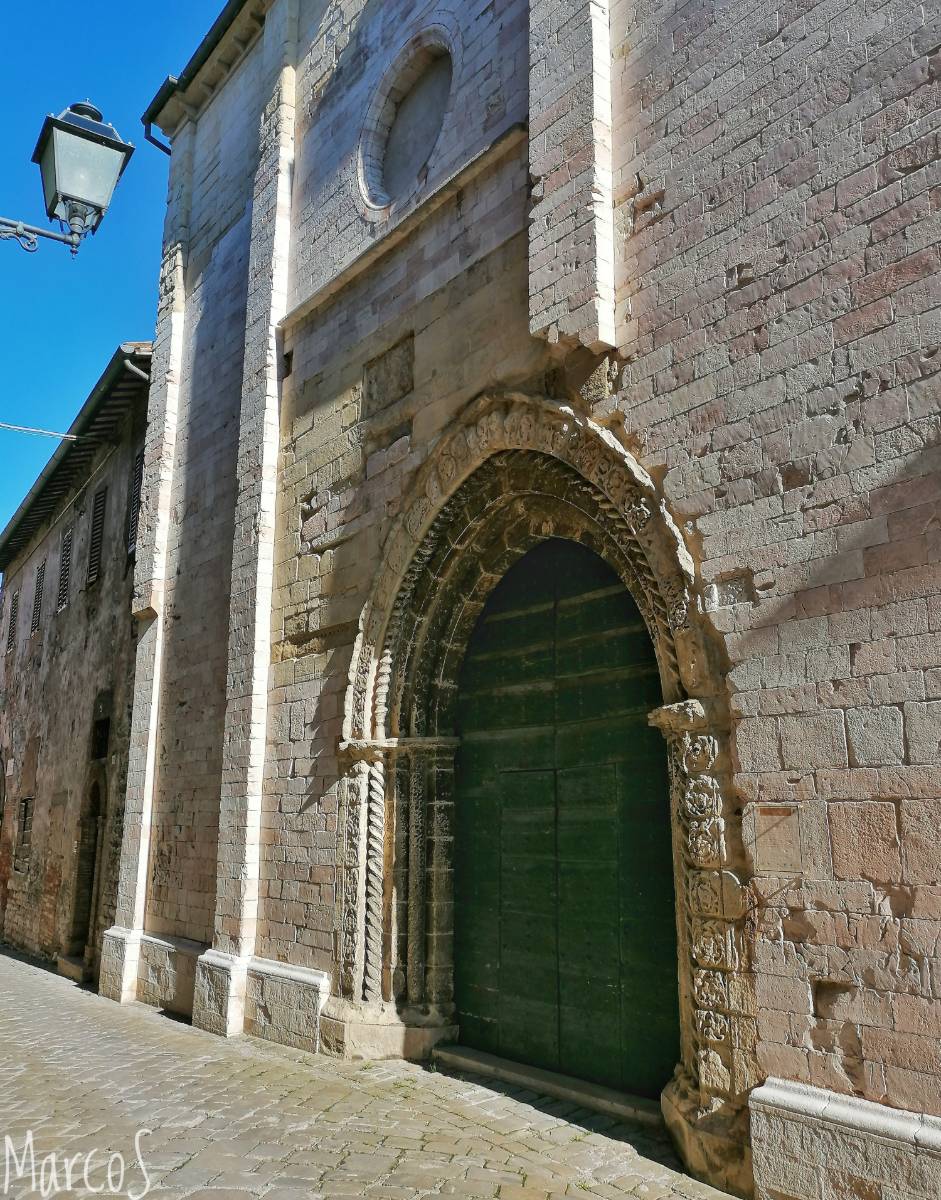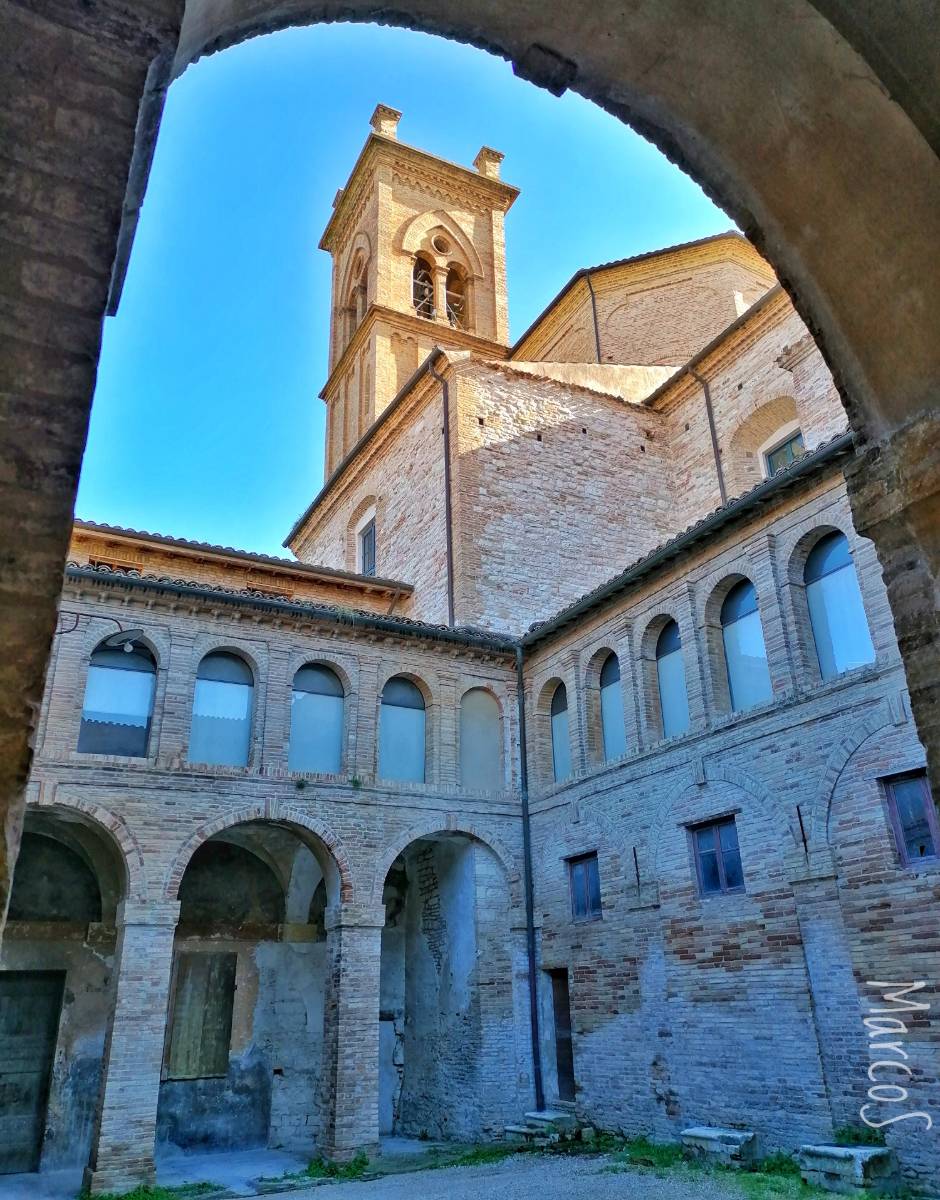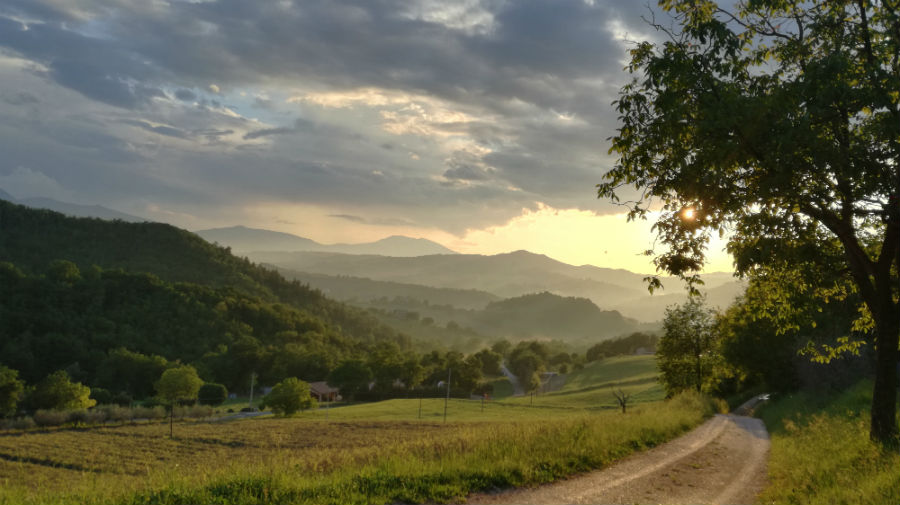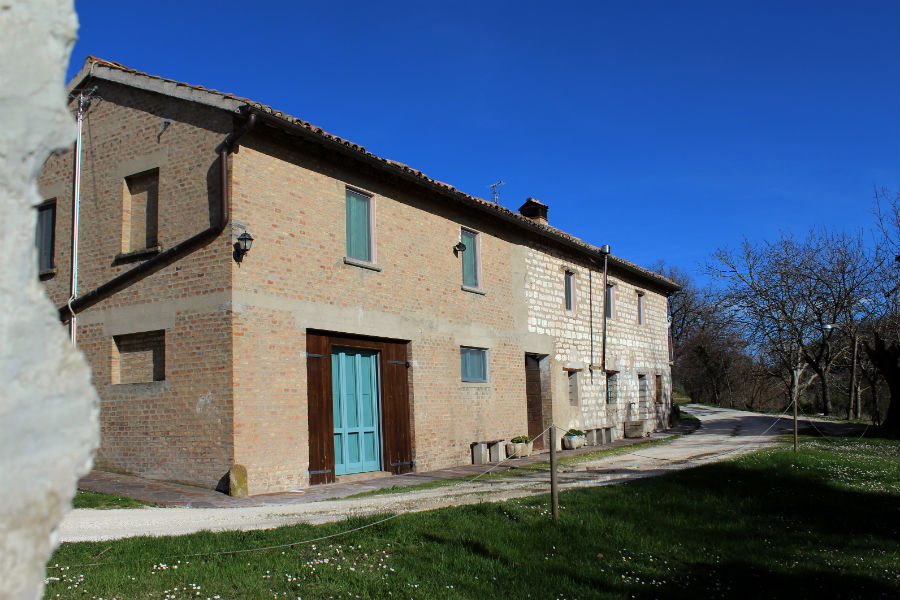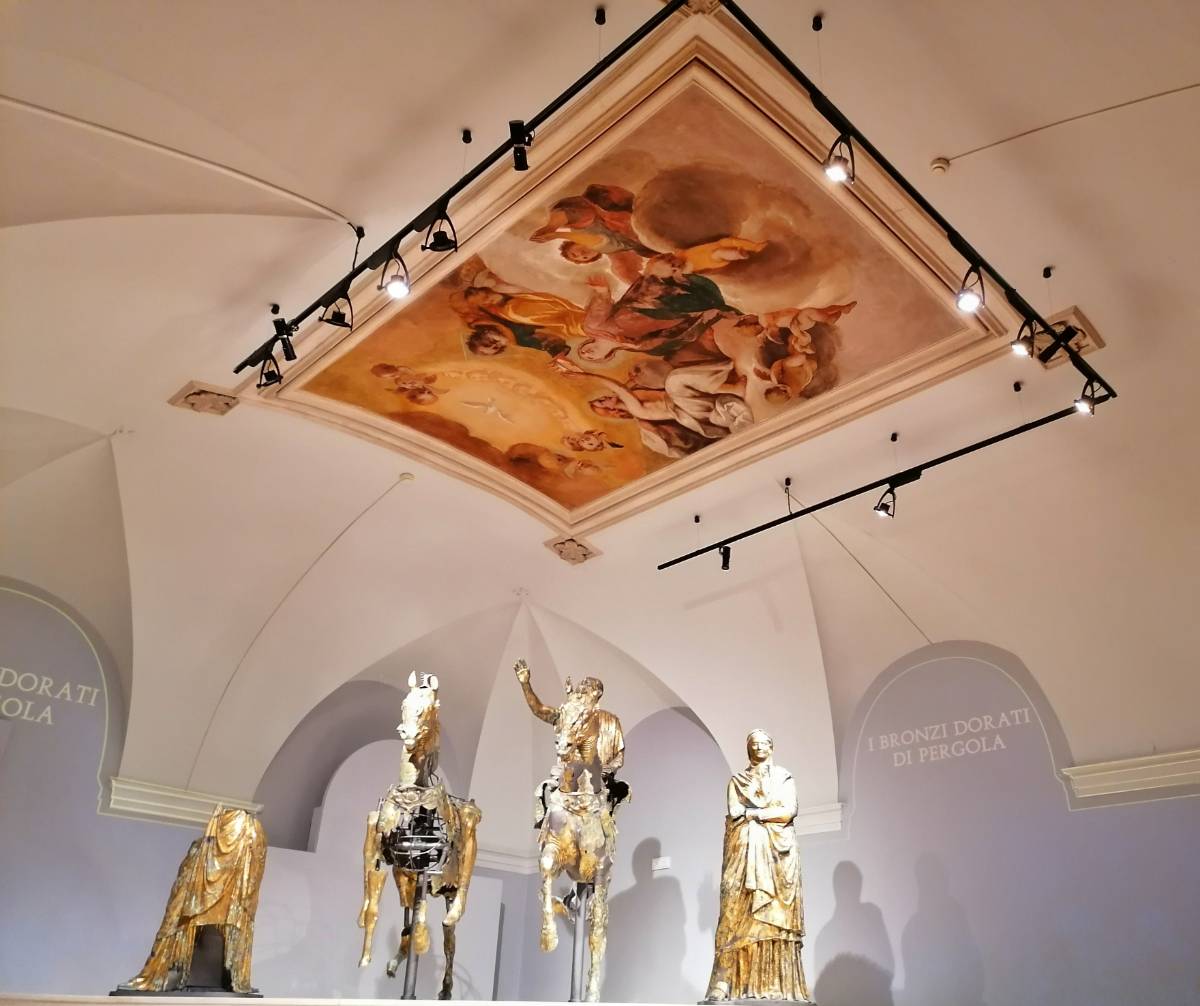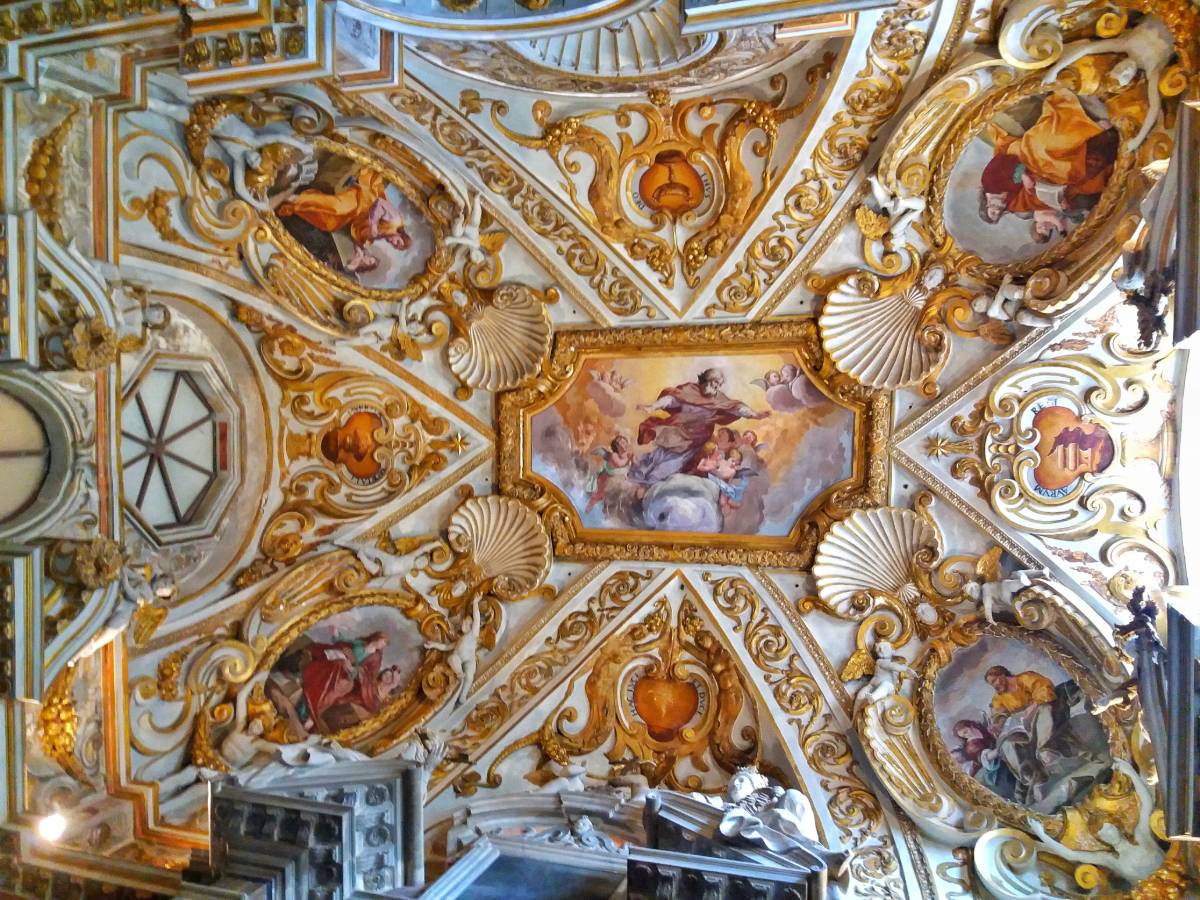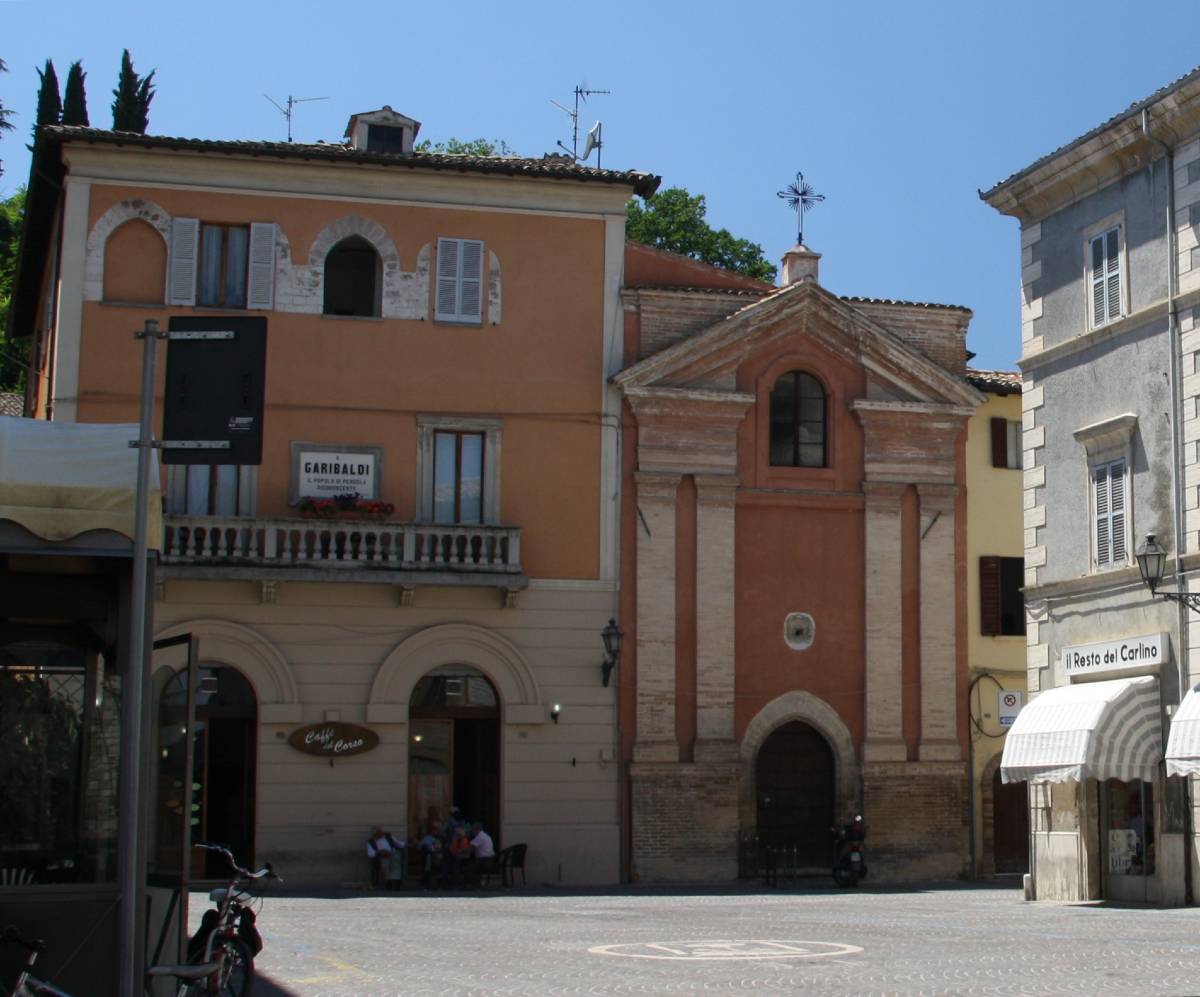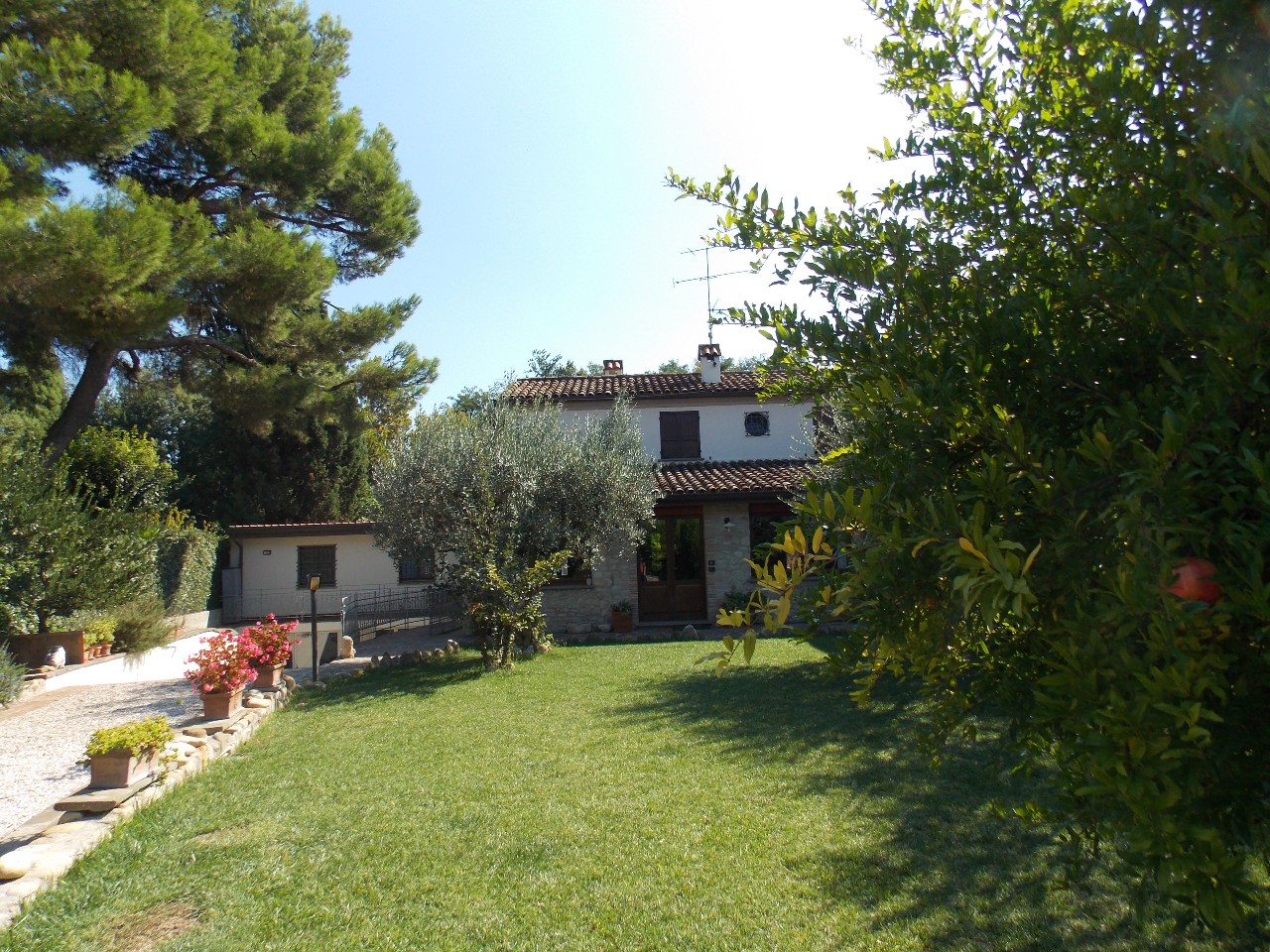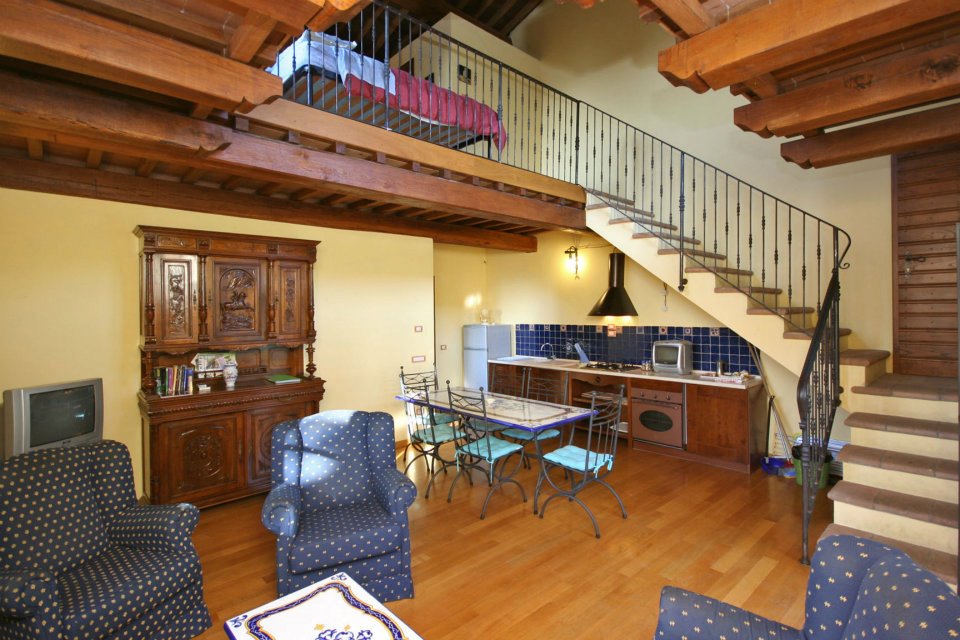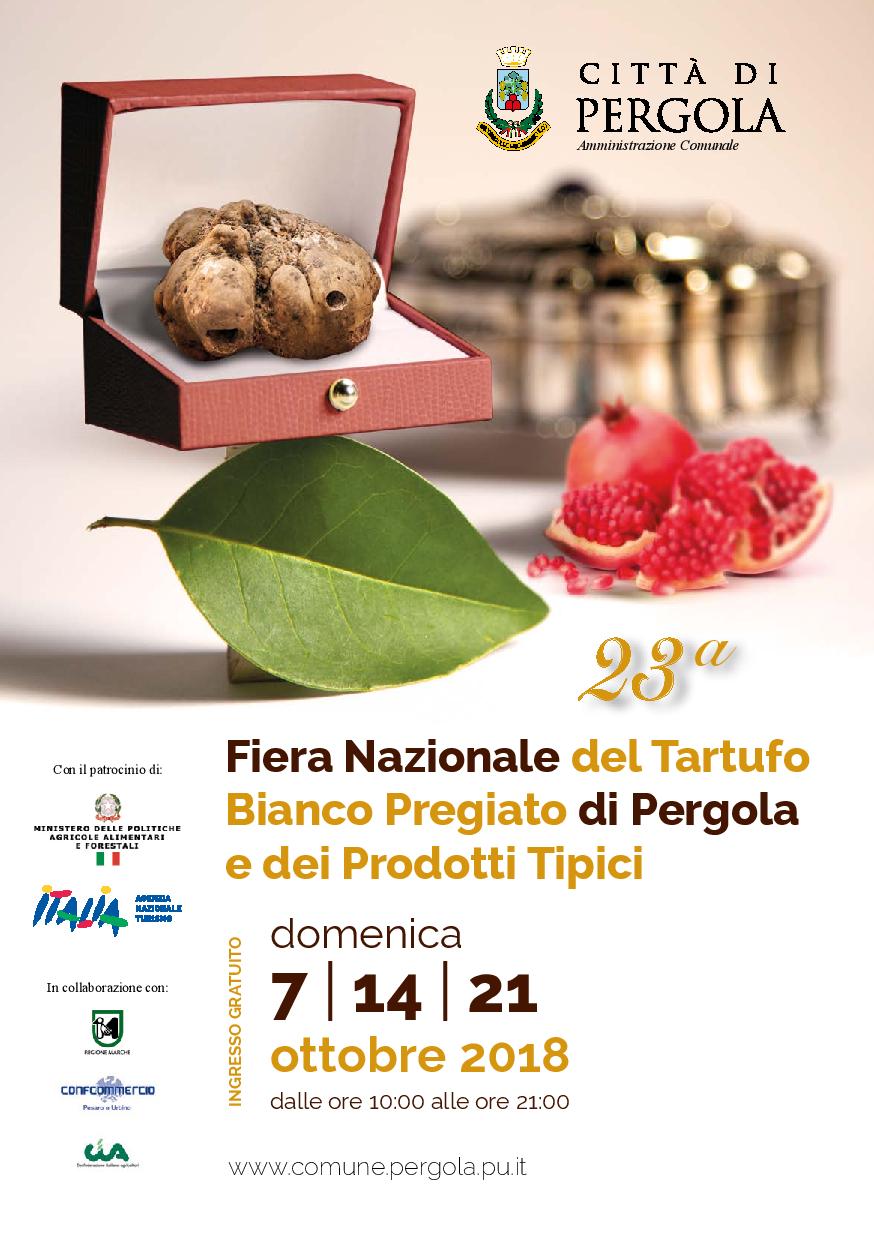inhabited since Prehistory, the territory of Pergola is rich of history and of excellences. Various are the traces left by the Umbrian peoples, Etruscan and Celtic. The Roman is the most documented. Here in fact there were found the Gilded Bronzes of Cartoceto, unique in the world. The pergola is born as a free commune in 1234 to create jobs and trade to the populations of the nearby castles and Gubbio. In just a few decades the urban center increases of craft workshops and becomes an important commercial place, long disputed by the lordship of the Sforza, Malatesta, da Montefeltro and Della Rovere. With the conquest of the territories of Gubbio by the Montefeltro, Pergola records a lucky period of expansion which, after the interlude of Cesare Borgia, continues with the Della Rovere, from which Pergola obtains statutes that ensure greater freedom and a new social and economic development.
In 1631, with the passage to the Papal State, the center knows a long period of demographic decline and economic difficulties, offset only in part by the cyclic revival of the textile industry and tanning. Is in the XVII and XVIII centuries that Pergola reaches its maximum economic expansion. As a confirmation of the importance reached in 1796 is established the Mint, that smiteth coin until 1799. In 1797 Pergola is occupied by the French troops and becomes part of the Kingdom of Italy. In this period is stripped of precious works of art preserved in churches, monasteries, in public and private palaces.
The Nineteenth century opens with the papal restauration, a brief revival of the economy but also new ferments political and civil. On 14 March 1831, during the upheaval of the revolutionary committees of Bologna and of Romagne, was the first of the marches and one of the earliest Italian municipalities to raise in the municipal palace the tricolor. On 8 September 1860 Pergola is the first city of the marches to rise against the Papal States, favoring the annexation of the region to the Kingdom of Italy and earning the Gold Medal for "merits acquired during the period of the National Risorgimento".
The Jewish community, today disappeared in time must have been quite numerous. The first document to sancirne presence is a notarial act of 11 May 1383 that bears witness to the existence of a bench for exercise loans in money. Very likely, however, Jews were already be present at the birth of the city or in subsequent years. Over the centuries the community was always very well accepted. A pergola there were a synagogue (in the former Palazzo Brilli) and a Jewish cemetery, recently brought to light, in the locality of midnight.
The structure of the medieval town of Pergola, in addition to the numerous places of worship and towers or the remains of towers, conserves numerous examples of port of the dead, a narrow opening to acute arc, formed at the side of the main entrance of the dwelling. It has with the threshold raised from street level of about 80-90 cm. During the medieval period the port of the dead remained murata and was open and reopened only to pass the corpse of the family. It was diffused in Central Italy and currently there are testimonies, in addition to the Pergola, Gubbio, Fabriano, Cortona, Assisi and Città di Castello.
Certainly worth a visit the Museum of the city, within which are located the gilded bronzes of the Roman era, the Church of Santa Maria di Piazza, the oldest in the village, and the Church of the Magi Kings.
The area of Pergola is known for its vineyards and the truffle. The production, although not in large quantities, is appreciated for the quality of its wines natives like Tristo di Montesecco of DOC or the local vernaccia, the Pergola DOC, popularly called vernaccetta versions red, novello and passito. The wine derives from a clone aleatico of ancient origins, probably imported with the foundation of the city in 1234 by Gubbio. Among sweet wines from signaling the vin santo and the visner (also known as visciolata or Morello Cherries wine) become both Slow Food Presidium.


